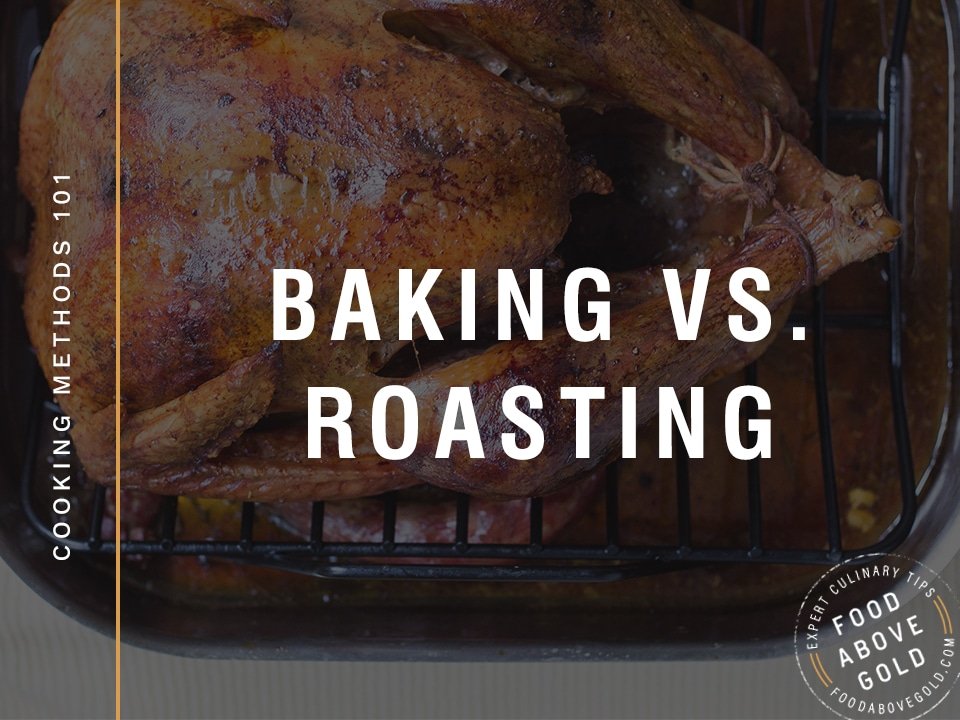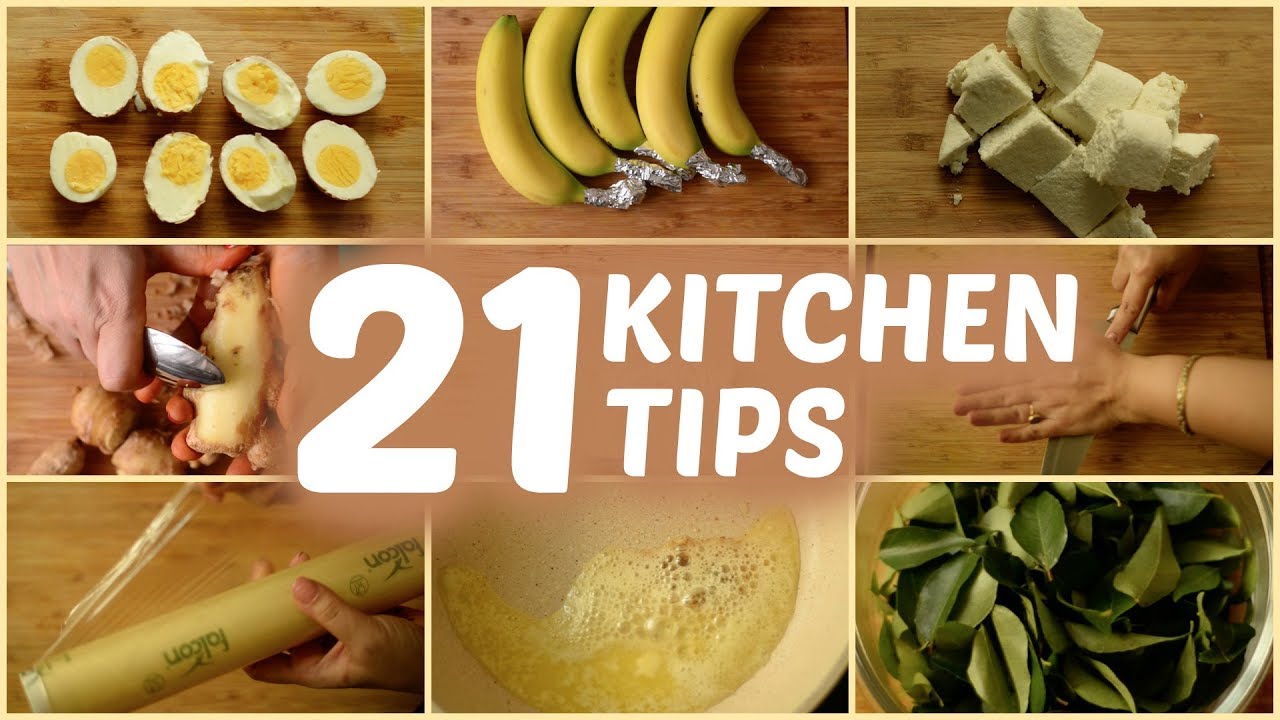
Here are some tips and tricks for beginners chefs. Make sure you prepare your ingredients correctly. Invest in good kitchen utensils. Also, be sure to read every step of the recipe carefully in order to avoid any burns. Don't forget to read the ingredients label. By following these tips, you will have a well-prepared kitchen. Here are some cooking tips to help you get started. This will help you become a skilled cook.
Before you cook
Preparing before you start cooking is a great way to save time if you're a beginner chef. Depending on the amount of time you have available to cook, it may make sense to limit your stovetop cooking to just one or two meals per day. You can also add non-cooking ingredients. Once your kitchen is ready, you are ready to begin cooking your first dish. This is the most difficult. This could be a soup or oven recipe. You can prepare cold meals while the rest of your meal is baking.
Proper kitchen equipment
You will need basic kitchen equipment, no matter if you are a home cook or a casual home chef. Basic cooking utensils are the most important. Nonstick pans are a must-have, as they are easy to clean and can be used in a variety of ways. It's also recommended that you invest in a good nonstick pan for frying eggs. For many different tasks, a flat spoon made of wood is useful.

Avoiding burns
In a kitchen, the hazards of burns can be extremely dangerous. From hot pots to boiling water, you have to take the necessary precautions to avoid getting burned. While most burns can be treated at home, some are potentially life-threatening. Fortunately, many of these incidents can be avoided if you follow some basic guidelines. These are some tips to help you cook safely. You will be a better cook for it!
Take the time to read the recipe.
It doesn't really matter if your are a pro chef or novice chef. Reading the recipe is vital. A good recipe should simplify the process of cooking. You can have stress-free cooking by reading through the recipe. Here are some tips on how to read the recipe carefully. Listed below are some important tips for beginning chefs. If you read the recipe carefully, the results will be just as good as what the author intended.
Avoid crowding the pan
It is a good idea to not overload a pan while cooking. First, it will reduce the temperature of the pan. It won't brown as quickly or release its moisture. Second, overcrowding the pan will result in bland food. To get food out of the pan quickly, you can use a spoon. Avoid overcrowding the pot to ensure tender and delicious food.

Trust your instincts
It is a good rule to trust your gut instincts, especially when they come from your gut. These instincts do not prove to be infallible. Your right brain develops intuition through experience. This can lead to suspicion of unfamiliar people or things. However, you must balance your intuition with your linear brain to weigh the options. Here are some ways that you can increase your gut intuition.
FAQ
Do I have to learn how to cook with my children?
Yes! Yes, kids love to help in kitchen. It's fun and teaches kids responsibility as well as teamwork. The whole process can be done by children, including washing and chopping vegetables. Your children will be more comfortable helping you cook if you teach them safe techniques for handling knives.
How do I get motivated to cook?
Sharing meals with family and friends is the best part of cooking. Cooking for your own family is much easier than making meals for others. You can be inspired to cook if you try something new. This will allow you to discover new recipes and techniques. It's also possible to use recipes from other cultures in order to broaden your culinary knowledge.
How much does a culinary school cost?
The cost of a culinary school depends on where you are, how much you study, and what program or course you choose. The average tuition ranges from $10,000-$30,000 per year. The average student graduates with $20,000 in debt. There are programs that offer work-study and scholarships.
Where can I buy good quality kitchen equipment?
You can purchase high-quality kitchen equipment online. All kitchen tools can be purchased online at a number of sites. You should read user reviews and ratings before purchasing any kitchen tools. Ask other owners if they have any recommendations.
What is the cost to study culinary arts?
There are many factors that influence the cost of learning culinary arts. A four-year degree usually costs around $40,000. A two-year associate's program may be less expensive at $5,000. The type of program you choose will determine the tuition rates. Public institutions are more expensive than private institutions.
Do I need special equipment to cook?
You don't require any special equipment to learn how to cook. However, it can be easier to use the right tools. You could, for example, use a spoon to make pasta or a whisk to whip the egg whites into stiff peaks. You can make cooking more enjoyable and easier by having the right tools.
Is there any difference between a chef or a cook.
A chef prepares food to be served to others. A cook prepares food for himself or herself. Although both jobs require you to prepare food, a chef is more involved in serving customers. This means that they may have to decide what dishes to prepare for their customers based on their preferences. The cook doesn't have to interact with customers. He or she makes sure that the food is delicious before serving it.
Statistics
- According to the BLS, chefs earn $58,740 a year. (learnhowtobecome.org)
- The median pay for a chef or head cook is $53,380 per year or $25.66/hour, according to the U.S. Bureau of Labor Statistics (BLS). (learnhowtobecome.org)
- You'll be amazed that over 90% of CIA students receive scholarships and grants to finish their culinary studies. (ischoolconnect.com)
External Links
How To
How to make a perfect Omelette
Omelets are one of my favorite foods to eat at breakfast. How can you make them perfectly? I've tried many different methods and recipes, but none of them seem to work! Today, I'd like to share some tips with you in order to make delicious and fluffy omelets every day.
We should first know that eggs are very temperamental ingredients when making omelets. They must be fresh, preferably from the organic market, and be kept cold until cooking. You must keep them cool enough to allow the whites to form properly and the yolks to become too runny if they're not kept at the right temperature. This makes your omelets look weirdly colored. If you plan to cook the eggs right away, it is best to use room temperature eggs.
You can also separate the egg before you add it to the pan. Because this could cause your omelet to become curdled, you don't want any yolk to be mixed with any white.
The bottom part of an egg that is added directly to the stovetop might be burned, which could cause a ruined texture in your omelet. Instead, put the egg in the microwave for 10 seconds before putting it into the pan. The microwave heat cooks your egg just right, without it becoming too soft.
Next, let's talk about mixing the eggs. When mixing eggs, it is important to thoroughly beat them. You need to turn the bowl of the mixer upside down. Now shake the bowl vigorously. This will whip the air around the bowl and mix the egg well.
Now comes the fun part - pouring the milk into the mixture. Pour half the milk into the beaten egg mixture and then fold in the eggs. If you still see streaks of eggs, don't worry. These streaks will disappear once the omelet has been turned over.
After you have folded your eggs, heat up the oil on medium heat. Wait for it to get hot. Once the oil begins to heat, add 1/4 cup butter and swirl the pan to coat it. Now carefully crack open the lid of the pan and sprinkle salt into the pan. Salt will prevent the omelet sticking to the pan.
Once the omelet has formed completely, cover the pan and let it set for a few minutes. Flip the omelet by using a spatula. Cook the opposite side for another minute. Remove the omelet from the pan and serve immediately.
This recipe is best made with whole milk. However, it can also be used with skimmed milk.